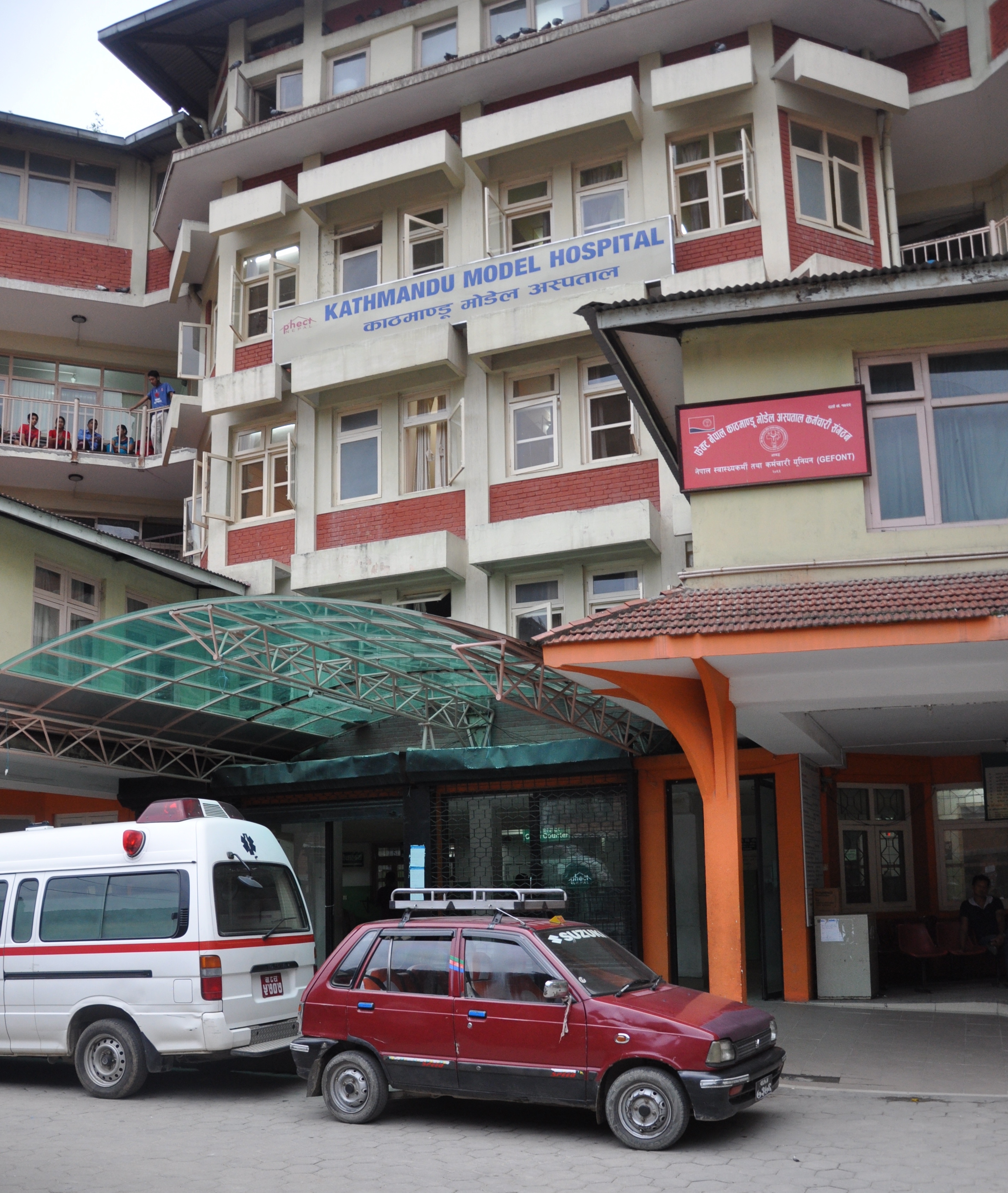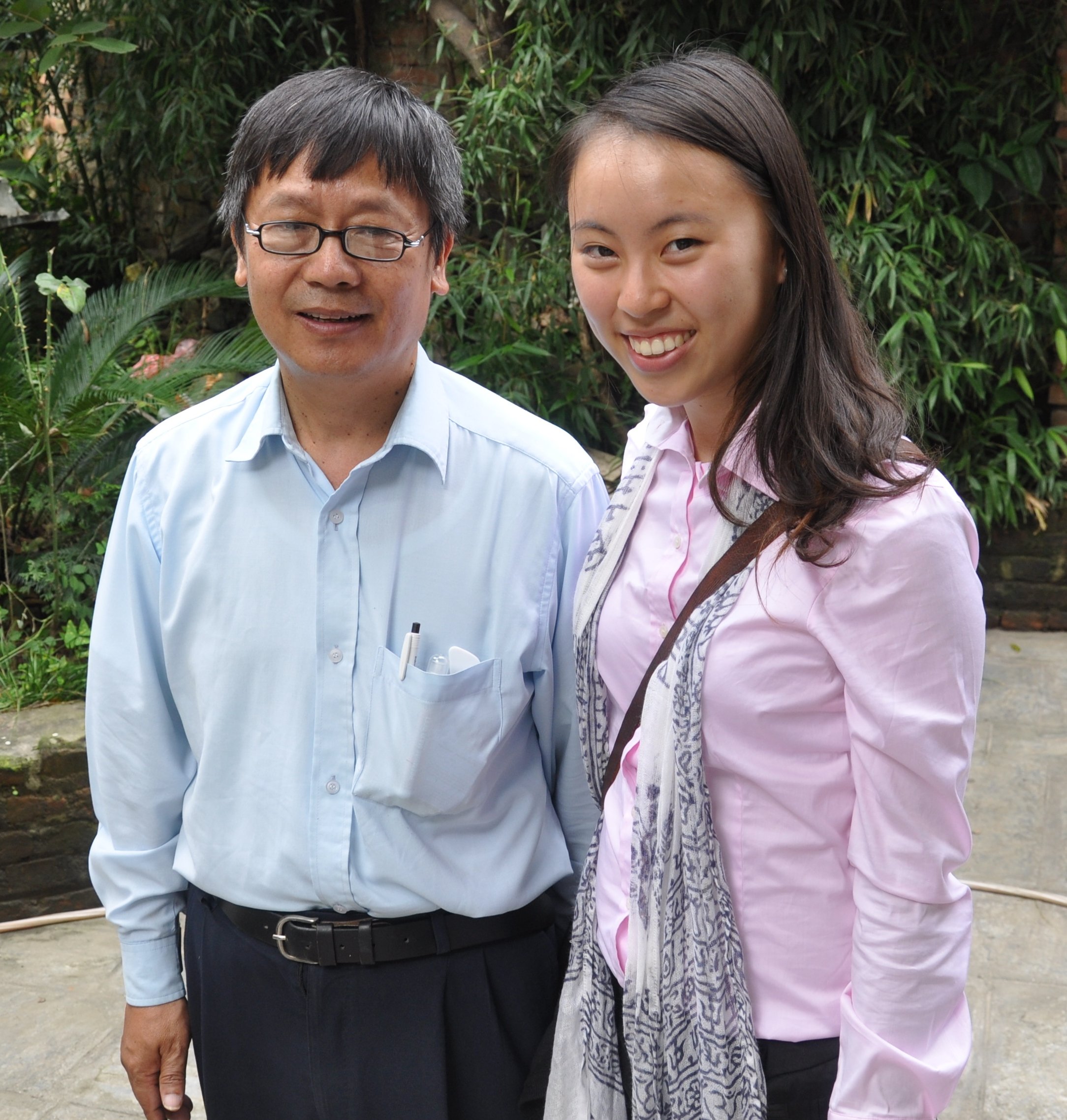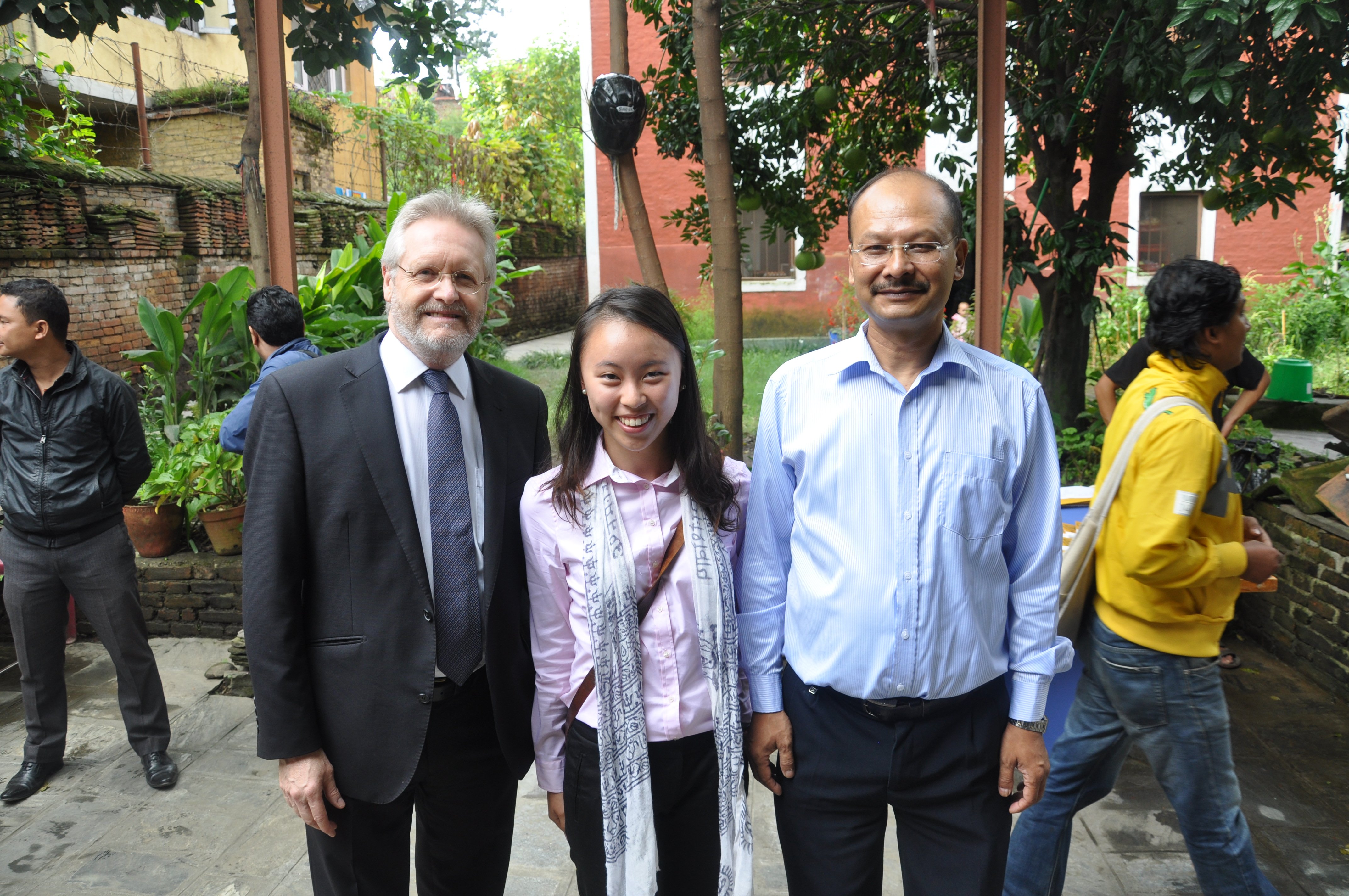“Mount Everest is probably the first thing that pops into your head when you think of Nepal but Nepal now means so much more for me. This August, I was fortunate enough to have been accepted by Phect Nepal’s Kathmandu Model Hospital (KMH) for two weeks of medical electives together with a few other International Medical University (IMU) students. I first heard about KMH from a friend in Australia who spoke very highly of the hospital and doctors after doing her electives there in February. Within a week of writing to Dr Basant who is in charge of electives, the spots were confirmed and preparation for Nepal began. Our first impression of the efficiency was excellent!  In the months between March when we first applied and August when we left Kuala Lumpur, excitement was in the air as we organised our visas, accommodation, weekend trips and so on. The day finally approached and off we left for Kathmandu, a scenic four hours flight from Kuala Lumpur.
In the months between March when we first applied and August when we left Kuala Lumpur, excitement was in the air as we organised our visas, accommodation, weekend trips and so on. The day finally approached and off we left for Kathmandu, a scenic four hours flight from Kuala Lumpur.
Working days at the hospital are from Sunday to Friday, the only day off being Saturday. Each day starts around eight or nine in the morning and we are done by 2pm or 3pm and have time to go off exploring. During my time there, I was attached to the Department of Plastic and Reconstructive Surgery. Unlike the developed world, where beauty and cosmetic surgery makes up a huge part of plastic and reconstructive, in Nepal this department is crucial for burns and cleft. The team of doctors I was placed with, was headed by Dr Shankar Man Rai, a world renowned reconstructive surgeon who has devoted his life to providing free operations for burn and cleft victims. Dr Rai and his team operate daily at KMH and Kritipur hospital’s burns and cleft unit as well as providing community outreach camps travelling hundreds of kilometres around rural Nepal to provide the same free service.
 In Nepal with a population of 30 million, 66,000 cases of reported burns and 2100 deaths are recorded by the WHO yearly, the second most common injury in Nepal accounting for 5% of disabilities. To put it in striking differences, the USA have a population of 300million people and 3500 people die of burns yearly. Dr Rai and his team operate on 600 burn victims yearly, including skin grafts, syn- and pandactyls, burn contractures, all of which I got to see first hand. Burns however are extremely preventable but due to socioeconomic factors, open fires are still widely used in Nepalese homes for cooking and warmth. The average time lapse from the time of burn to the time of surgery is 18 years, these people result with injuries and disabilities foreign to doctors from developed countries, as burn injuries are never kept that long back home. Additionally, the annual percentage of women who contract HIV/AIDS is the same as that who are burnt. In South-East Asia, more girls aged 5-14 die of burns than TB, HIV/AIDS or Malaria. In the USA and Australia, anywhere between 700,000 to 1,000,000 USD is spent per burn victim a year, however in Nepal for 1300 burn and cleft victims combined, 300,000USD is spent yearly. This goes to show how much aid is still needed in this country and how burns have devastating health and economic impact. Burns is known as the “Forgotten Global Health Crisis”.
In Nepal with a population of 30 million, 66,000 cases of reported burns and 2100 deaths are recorded by the WHO yearly, the second most common injury in Nepal accounting for 5% of disabilities. To put it in striking differences, the USA have a population of 300million people and 3500 people die of burns yearly. Dr Rai and his team operate on 600 burn victims yearly, including skin grafts, syn- and pandactyls, burn contractures, all of which I got to see first hand. Burns however are extremely preventable but due to socioeconomic factors, open fires are still widely used in Nepalese homes for cooking and warmth. The average time lapse from the time of burn to the time of surgery is 18 years, these people result with injuries and disabilities foreign to doctors from developed countries, as burn injuries are never kept that long back home. Additionally, the annual percentage of women who contract HIV/AIDS is the same as that who are burnt. In South-East Asia, more girls aged 5-14 die of burns than TB, HIV/AIDS or Malaria. In the USA and Australia, anywhere between 700,000 to 1,000,000 USD is spent per burn victim a year, however in Nepal for 1300 burn and cleft victims combined, 300,000USD is spent yearly. This goes to show how much aid is still needed in this country and how burns have devastating health and economic impact. Burns is known as the “Forgotten Global Health Crisis”.
Efforts are starting in terms of primary preventive measures regarding burns and the use of fire however, help is needed and awareness needs to be raised. I had the opportunity to meet Sneh Sayami a Nepali poet who dedicated all the profits of his latest set of poems “Bridges and Walls” to the burns and cleft centre. I also had the chance to meet His Excellency, Glenn White, Australian ambassador to Nepal and heard about how Australia is aiding in this same cause.”
 “Each one of us can make a difference. Together we can make a change.” -Barbara Mikulski Article is written by Cynthia Tan, an IMU student studying medicine who had the opportunity to do her medical electives in Nepal for two weeks.
“Each one of us can make a difference. Together we can make a change.” -Barbara Mikulski Article is written by Cynthia Tan, an IMU student studying medicine who had the opportunity to do her medical electives in Nepal for two weeks.


No approved comments.